Express Entry CRS Drops in 2025: Why Now Might Be the Best Time to Apply
Have you been thinking about immigrating to Canada, but your CRS score isn’t quite where you want it to be?
Well, here’s something you probably weren’t expecting-your low score might actually work in your favor this year.
In 2025, the Canadian government has been surprising everyone with how low the Comprehensive Ranking System (CRS) scores have dropped in Express Entry draws. It’s creating golden opportunities for skilled workers, international students, and even French speakers who once thought they didn’t stand a chance.
Submit the Assessment Form to Discover your Eligibility
Let’s break this all down and look at why now could be your shot at Canadian PR.
The Big News: Why Are CRS Scores Falling in 2025?
If you’ve been following immigration updates over the last couple of years, you already know that Express Entry is the main route many people take to get Canadian Permanent Residency. The lower the CRS cut-off, the more applicants get a chance to move forward.
This year, those cut-offs are hitting lows we haven’t seen in a long time—and it’s no accident.
1. Canada Wants More Immigrants-A Lot More
Canada is facing a labor shortage, and their 2025-2027 Immigration Levels Plan reflects that clearly. The country wants to welcome over 500,000 newcomers each year, and they’ve got to speed things up to hit that number.
More spaces = more Invitations to Apply (ITAs). And more ITAs mean lower CRS scores in the draws.
2. Job-Focused Draws Are Changing the Game
In 2023, IRCC introduced category-based draws. Fast forward to 2025, and these draws are now a core part of the system.
Instead of only looking at high-scoring candidates in general, IRCC now targets specific occupations. That includes:
- Healthcare workers
- Tech professionals
- Tradespeople
- Transport operators
- Early childhood educators
- French-speaking applicants
So yes—it’s entirely possible to get invited with a CRS score under 420 if your job fits the category.
Who’s Gaining the Most from These Changes?
It’s one thing to see numbers drop, but what does that really mean for you?
If you fall into one of the following categories, 2025 could be your breakthrough year.
Skilled Workers in Targeted Jobs
If your occupation falls into one of the in-demand groups, like nursing, electrical work, or software development, your odds just got better.
In one of the first draws this year, nurses were invited with scores around 397. That would’ve been unheard of two years ago.
Sayal Immigration, a trusted immigration consultant in Mississauga, has helped many such professionals apply successfully in these targeted draws.
Canadian Experience Class (CEC) Candidates
CEC draws were quiet for a while, but they’re starting to show signs of returning. If you’ve studied or worked in Canada, you’ve got a real shot. Even without a high score, that local experience gives you an edge.
This is especially promising for international students in cities like Toronto and Brampton. If you’re seeking guidance, consult an immigration consultant in Toronto or an immigration consultant in Brampton from our experienced team.
French Speakers
If you speak French fluently—even if English isn’t your strong suit—you could benefit from French-only draws that had cut-offs in the 380–400 range.
Add in the extra CRS points IRCC gives for bilingualism, and you’re sitting in a pretty strong position.
You can verify this directly on Canada’s official Express Entry instructions.
PNP Applicants
Provinces are using their nominee programs in smarter ways too. In some cases, they’re syncing with Express Entry draws, so if you’re selected by a province, you automatically get 600 extra points. That almost guarantees a PR invite.
👉 Want to know which province fits your profile best? Check out our PNP guide here
So… What Should You Do Now?
Knowing the system is shifting is one thing. Acting on it is where people tend to hesitate.
Here’s how you can make the most of the current Express Entry trends.
1. Build Your Express Entry Profile, Even If You Think It’s Not “Good Enough”
A lot of people think, “Why bother? My CRS is too low.” But right now, you don’t need a 480 or 500 to be in the game.
You just need to be in the pool—because once your category is called, you’ll wish you were ready.
📥 Need help setting up your profile? Our team can guide you.
Whether you’re in Kitchener or Scarborough, Sayal Immigration has certified advisors ready to help. We’re a trusted immigration consultant in Kitchener and immigration consultant in Scarborough, committed to helping people get permanent residency the right way.
2. Get Your ECA and Language Test Ready
Make sure your ECA (Educational Credential Assessment) and language test scores (IELTS, CELPIP, or TEF for French) are updated and valid.
French speakers—seriously, this is your moment. Don’t skip the TEF Canada if you’ve got decent French skills.
3. Explore LMIA-Based Job Offers and Employer Connections
IRCC’s Job Bank and other employer platforms are seeing a surge in activity. Getting a job offer from a Canadian employer can add 50 to 200 CRS points depending on the position.
Here’s a quick link to Job Bank Canada to get started.
4. Look at Provincial Nominee Streams Closely
British Columbia, Alberta, Saskatchewan, and Ontario have been on fire lately with job-focused draws. They’re pulling candidates directly from the Express Entry pool.
📍 Check out the latest updates on the Ontario Immigrant Nominee Program
A Real Story: From Low CRS to PR in 7 Months
Let’s take Ms. ‘X’ case. She’s a registered nurse from India. Her CRS score was just 398, and honestly, she was about to give up.
In January 2024, IRCC ran a healthcare-focused draw. ‘X’ got an invitation. She submitted her paperwork in February, got a confirmation in May, and landed PR by July.
Seven months. That’s all it took.
At Sayal Immigration, we’ve helped dozens of applicants like ‘X’ – especially those searching for the best immigration consultant in London, Ontario—turn uncertain profiles into Canadian success stories.
Quick FAQs: You Asked, We Answered
Can I still get PR without a job offer?
Yes, most Express Entry candidates get in without one.
How low have CRS scores gone in 2025?
Some category-based draws have gone below 400. General draws are still over 500, but those aren’t the only ones that matter now.
How long does the process take?
After receiving an ITA, most people get PR in 6 to 8 months, depending on document preparation and background checks.
Final Thoughts: Don’t Let This Window Close
2025 is unlike any year we’ve seen for Express Entry. With the focus shifting to skills, jobs, and language ability, candidates who used to be overlooked are now being fast-tracked.
But remember—none of that matters if you’re not even in the pool.
So if you’ve been thinking about it, stop hesitating. Let’s get your profile ready, assess your chances, and position you for one of the upcoming draws.
🗓️ Book an Appointment with Sahil for any Immigration related Queries
✅ We’re the trusted Immigration Consultant in Canada – serving clients across Mississauga, Toronto, Brampton, Kitchener, London, Scarborough and more.











